Water flow
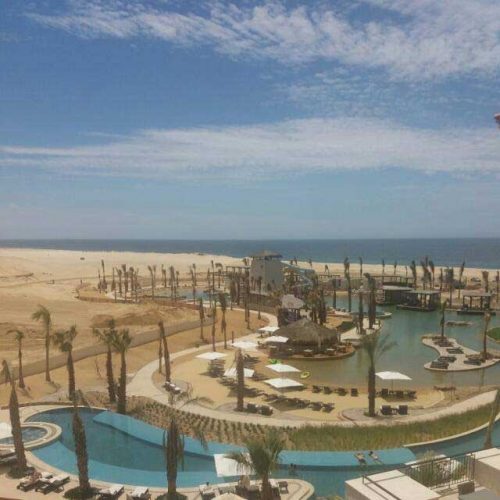
Water flow and circulation were strategically planned keeping the size, shape, and varying depths of the lagoon in mind. To ensure proper circulation, the pool builder designed 87 floor returns fed with seven 152-mm (6-in.) lines, nine 152-mm (6-in.) anti-entrapment engineered floor suction lines, two 203-mm (8-in.) floor suction lines, eight 152-mm (6-in.) return lines for the water features, and six 152-mm (6-in.) skimmer lines. The flowrate was estimated at 18,443 lpm (4872 gpm), and the total water feature flowrate was 9090 lpm (2400 gpm). The circulation system was designed to provide for a fast turnover rate when required, such as moments after a storm or high winds. Under normal circumstances, the equipment functions at an optimal flowrate to keep the water quality in check.
“We also designed our own special skimmer returns,” says Alvarez.
In conjunction with the landscape architect’s directions, the custom skimmers were made of masonry to blend in with the lagoon’s esthetic design.
Equipment room maintenance
The lagoon’s equipment room comprises eight specialized horizontal sand filters, seven commercial plastic pumps (each pump measures 10 horsepower [hp]), three variable-frequency drives (VFDs), and two UV units. Both the filters and pumps require special maintenance routines due to the nature of the saltwater as well as the sand and silt that flows regularly into the lagoon pool.
Filters
The lagoon’s environment requires a lot of backwashing.
“One of the reasons why we really like using horizontal sand filters is because they have a hatch that allows us to visually inspect the media directly to see how dirty it is,” explains Alvarez. “Sometimes the sand looks like chocolate!”
The sand in the filters is backwashed weekly and manually cleaned almost every two months—though most of the debris tends to accumulate at the top of the filter. Sometimes a professional maintenance team may be required to manually clean the filters.
Pumps
The pumps have very few parts that corrode because even the motor on these units is totally enclosed and fan cooled (TEFC). However, there is quite a bit of plumbing both for the lagoon as well as the water features that are part of/included in its makeup, such as waterfalls and water bubblers.
Initially, the plumbing experienced an extreme ‘hammer effect’—there was violent shaking and the pressure was such it caused the plumbing connection to fail. To prevent this, the pool builder and equipment supplier worked in conjunction to install three VFDs, which would give the pumps a soft start, allowing the system to be pressurized gradually. Conversely, it would also allow the system to soft stop, decreasing the pressure and eliminating the hammer effect. In addition, the soft start and stop feature help protect the pump motor; thereby reducing the amount of maintenance and replacement of parts.
The author believes there has been a learning curve associated with the VFDs in this operation, as standard protocol in Mexico has always been to change the pump motor bearings annually, as part of a regular maintenance program. With the VFDs, it is important maintenance personnel understand they no longer need to open the pump motor housing. In fact, doing so will only reduce the life of the motor. In this case, the TEFC motors installed on-site along with the specialized pumps and VFDs ensure durability and reliability.
Variable-frequency drives
In addition to protecting the pumps and eliminating the hammer effect on the plumbing, the VFDs also provide added energy savings to the property owners. By being able to precisely dial the pumps to the required flowrate, the units are able to use less energy.
The variable-speed drives and UV units are fairly self-sufficient, too. The latter require very little maintenance outside of making sure their lamps are clean and functioning. The VFDs require minimal care and, in this salty environment, just need to be checked for corrosion and cleaned/repaired as needed.
The ‘lagoon’ experts
The lagoon at Grand Solmar has been operating for two years now. The pool builder paid great attention to every minute detail and ensured every kink was worked out of the system. In 2018, Maxa Watershapes handed everything over to the resort’s maintenance department and supervised as needed.
Due to the pool’s popularity, the owners of the property are planning to build an extension for the next phase of the project, which promises to be bigger and more dramatic.
“This project has provided us with valuable experience and knowledge on ocean saltwater pools,” explains Alvarez. “Because we do all the building and engineering, we are able to control the outcome and ensure success.
“We do everything in-house, and strive to gather knowledge about processes in multiple ways. Our customers trust us because we pride ourselves on being educated by attending various seminars and training courses, following all Association of Pool & Spa Professionals (APSP) codes. We also put emphasis on detail and, therefore; clients can expect superior results,” says Alvarez.
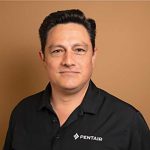 Juan Padilla is a commercial and automation specialist for Pentair in LATAM (Latin American) & the Caribbean. He has been with the company since 2012, starting his career as territory service manager for LATAM. With more than 16 years in the industry, Padilla has held several positions including everything from service tech and installation manager to account manager. He can be reached via e-mail at juan.padilla@pentair.com.
Juan Padilla is a commercial and automation specialist for Pentair in LATAM (Latin American) & the Caribbean. He has been with the company since 2012, starting his career as territory service manager for LATAM. With more than 16 years in the industry, Padilla has held several positions including everything from service tech and installation manager to account manager. He can be reached via e-mail at juan.padilla@pentair.com.


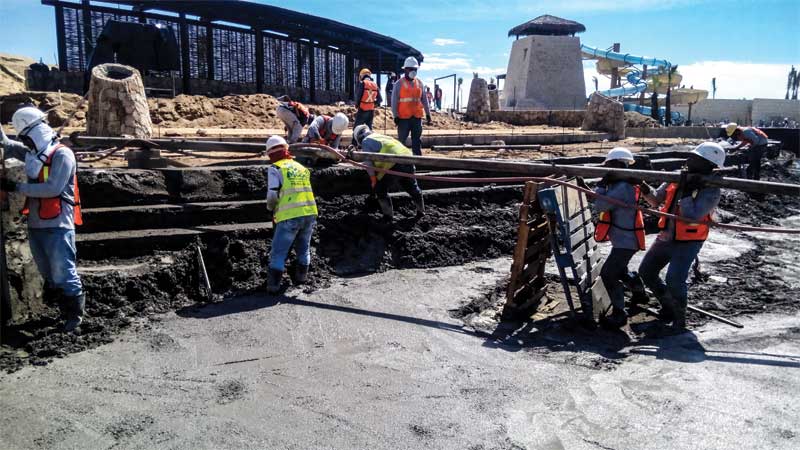
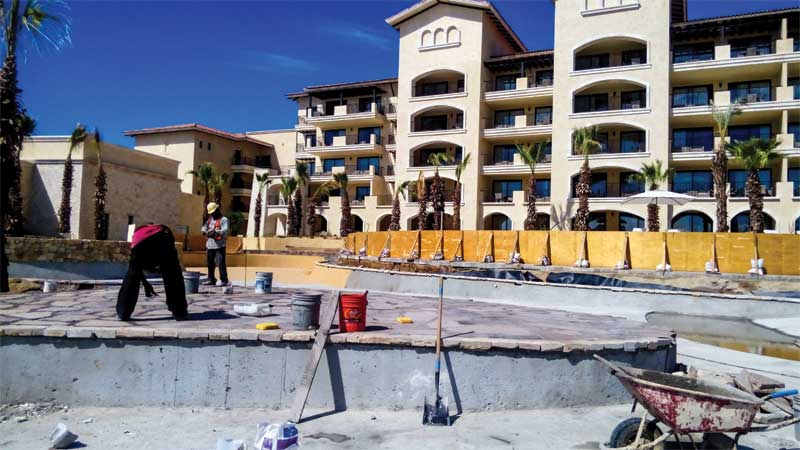
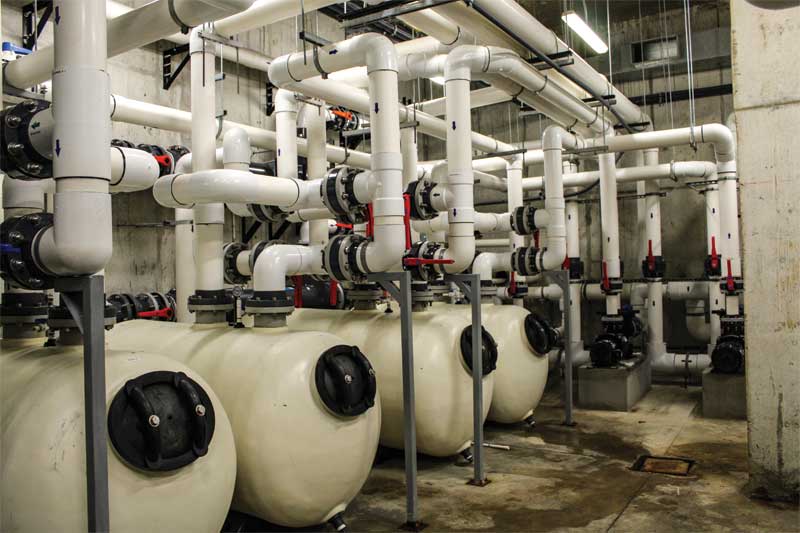
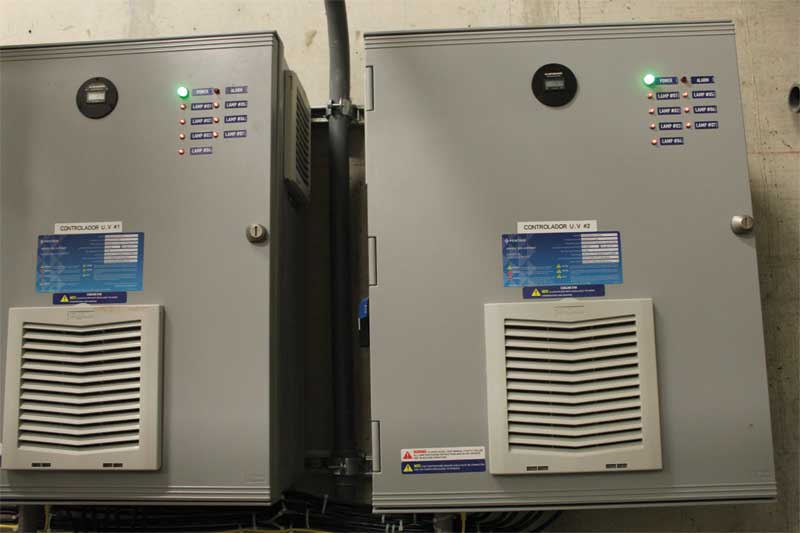

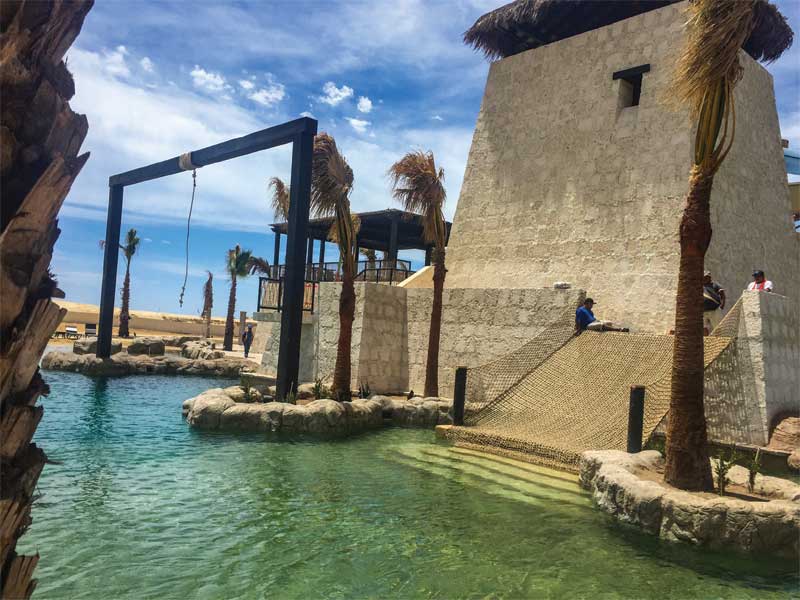





Cool project–sounds incredibly challenging. Thanks for sharing!